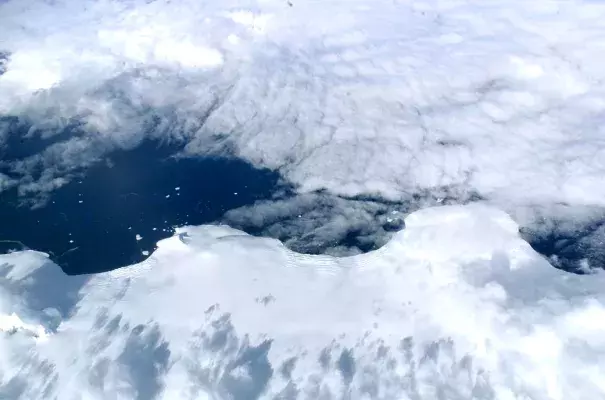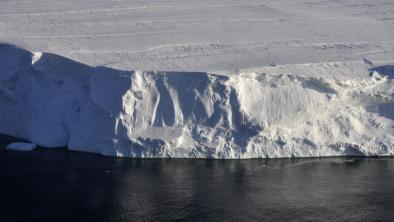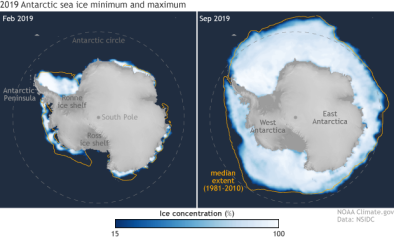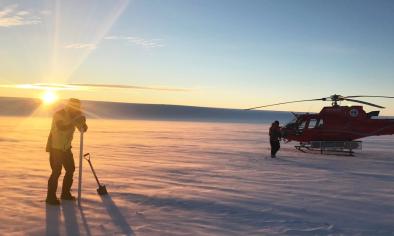Mysterious Winds Cause Rapid Melting of Antarctic Ice

After studying Antarctica’s warming climate for decades, scientists are making a surprising discovery: In some places, much of that abnormal warmth is invading in the form of powerful, downhill winds called föhn (pronounced “fone”) winds. Pettit, a glaciologist from the University of Alaska in Fairbanks and a National Geographic explorer, now suspects that these winds contributed to a series of dramatic glacial collapses that have been steadily redrawing the map on the east side of the Antarctic Peninsula for the last 30 years. Föhn winds may have escaped scientists’ notice because they don’t just blow during summer—some of their most impressive heat waves actually strike in the dead of winter, eroding glaciers at a time of year that no one thought possible.
“They seem to impart a lot more melt onto the ice shelf than we had imagined,” says Adrian Luckman, a glaciologist at Swansea University in the United Kingdom, who studies this region of Antarctica. The winds result from subtle changes in the atmospheric circulation due to climate warming; they could have major consequences.
Related Content





